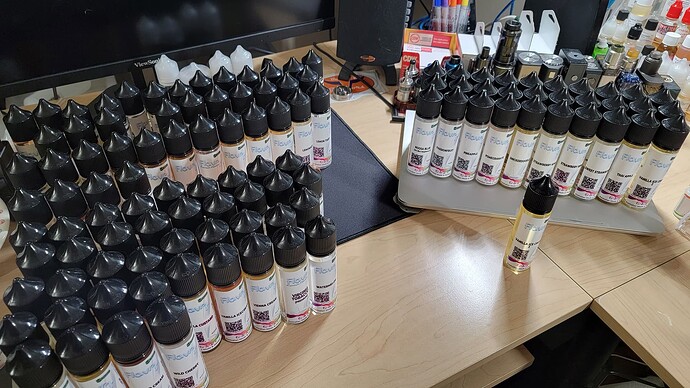Amazing how just because something was printed in a book or on the web, people assume it is true.
Yes, I’m finally learning how to distinguish the BS from facts. I have my little rules that I follow ![]()
Please share.
I enjoy the BS. The truth is far too scary.
I remember these roomers when vanilla extracts got so expensive. The beaver tales were everywhere. The jokes followed. Who’s milking the beavers? Remember if it sounds too silly it’s probably not true.
Well …
It does get worse, if you research eel blood proteins in ice cream, and YES, this is real too …
All these story’s were around back then. If you think about how labor intensive it is there’s no way it it could be cheaper than using the vanilla bean and extract the flavor with alcohol. Animal rights would have been all over this. Just because it’s legal doesn’t make it legit. Funny but it’s not true. I’m sure someone tried it out there somewhere. Cheaper to make in bulk? No way.
I forget the name of the specific type of coffee beans, but there is a method where they extract the beans from monkey poop which provides a very rich flavor. It is very expensive, too.
I’ll stick with Columbian Supremo, Guatemalan, Sumatran, Kenyan AA and a few others. Kopi Luwak just doesn’t appeal to me. ![]()
Don’t blame you! I don’t even drink coffee.
The Beavers had a REALLY rough go throughout history …
According to nature writer Ben Goldfarb, author of Eager: The Surprising Secret Life of Beavers and Why They Matter, the demand for castoreum wiped out most of the beavers in Europe by the end of the Middle Ages. When Europeans settled North America, with its abundant supply of beavers, they had another use for the animal: beaver-fur hats. Living beavers, a keystone species, helped build the American landscape; dead beavers provided a foundation for American capital accumulation, and helped fund Western colonization.
https://www.amazon.com/Eager-Surprising-Secret-Beavers-Matter/dp/160358739X
Luckily for the Beavers …
In the 1980s, the use of castoreum in flavors began to lag. In 1982, according to the Flavor Extract Manufacturers’ Association (FEMA), 683 pounds of castoreum were used in flavorings in the US. In 1987, that had dropped to just under 250 pounds. FEMA couldn’t provide me with current figures, but confirmed that its use has “decreased significantly” since then. Tobacco industry memos suggest that cigarette makers have also largely abandoned the substance.
In some cases, genuine castoreum was probably replaced with cheaper synthetic chemicals. But the biggest problem with castoreum was not its price, nor its anal-adjacent origins. It’s that beaver butt is not kosher. If food companies wanted to earn the rabbinical seal of approval, any traces of castoreum in flavorings had to be nixed.
Have never seen a rabbinical seal of any vanilla products in my life time. I made a gallon of extract for Christmas gifts to my kids. $44.00 in beans 2 quarts of vodka. Both quarts of vodka combined was $7.00 from Walmart. Fours months of soaking time. Vanilla came out twice as strong as anything I could buy off the shelf.
A fellow cyclist sent this article. I’m hyped, it’s brilliant when it comes to decreasing the need for lithium batteries in EVs. In this case, eBikes, which are growing in popularity.
Besides, it leaves more batteries for us ![]()
I either just achieved nirvana or did something terribly wrong. Blood work results from doctor visit today came back 70/30 VG/PG ![]()
![]()


